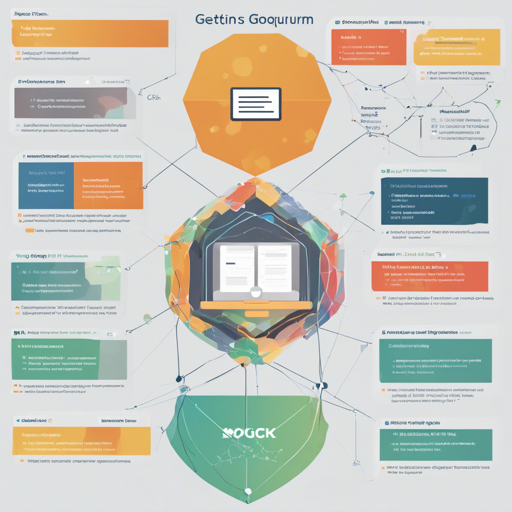GoQuorum is an Ethereum-based distributed ledger protocol designed to support both transaction and contract privacy using innovative consensus mechanisms. Forked from go-ethereum, GoQuorum sets itself apart through enhanced privacy features and flexible consensus methods. In this article, we’ll walk you through setting up GoQuorum and provide troubleshooting advice along the way.
Key Features of GoQuorum
- Privacy: GoQuorum supports private transactions and contracts by isolating public and private states and utilizing encrypted messages for direct data transfer.
- Consensus Mechanisms: A variety of consensus mechanisms tailored for permissioned networks, including QBFT, Istanbul BFT, Clique POA, and Raft-based consensus.
- Peer Permissioning: Ensures that only authorized parties can connect to the network.
- Account Management: Introduces plugins for diverse account management methods.
- Pluggable Architecture: Enables easy addition of features through plugins for core enhancements.
- High Performance: Delivers superior throughput compared to public geth.
Understanding GoQuorum’s Architecture
The architecture of GoQuorum features a range of components working harmoniously to facilitate privacy and performance. It is like a sophisticated orchestra, where each instrument (or component) has a unique role, contributing towards producing a seamless symphony (in this case, a secure transaction process). For a detailed discussion on how these components interact, refer to the lifecycle of a private transaction.
Quick Start: Setting Up Your GoQuorum Network
The quickest way to dive into GoQuorum is by using the quorum-dev-quickstart command-line tool. It allows you to set up a development network in less than 2 minutes. Here’s how:
- Download the quorum-dev-quickstart tool from GitHub.
- Install the tool following the documentation guidelines.
- Run the setup command and watch your GoQuorum network come to life!
Exploring GoQuorum Projects
Get involved with projects that extend GoQuorum’s capabilities:
- quorum-remix-plugin for creating private contracts via Remix IDE.
- Cakeshop, an integrated development environment.
- quorum-examples showcasing GoQuorum in action.
- Deploy GoQuorum with Quorum-Kubernetes.
- Utilize web3js-quorum to enhance your JavaScript applications.
Troubleshooting Common Issues
As with any software, you may run into challenges while using GoQuorum. Here are some common issues and their solutions:
- Network Connection Issues: Ensure that all nodes are properly configured with correct IP addresses and open ports.
- Private Transactions Not Executing: Check the permissions of the involved nodes; ensure they are permitted to execute private transactions.
- Performance Problems: Monitor resource usage; consider scaling your setup if performance dips.
For further support or questions about GoQuorum, reach out to the community through discussions on Discord or check out official Docker containers tailored for GoQuorum.
For more insights, updates, or to collaborate on AI development projects, stay connected with fxis.ai.
Conclusion
At fxis.ai, we believe that such advancements are crucial for the future of AI, as they enable more comprehensive and effective solutions. Our team is continually exploring new methodologies to push the envelope in artificial intelligence, ensuring that our clients benefit from the latest technological innovations.
Contributing to GoQuorum
GoQuorum thrives on community contributions. If you’re keen to add value or enhance functionality, you can check the Contributors guide before submitting your work. Your input is invaluable to fostering the growth of this powerful tool!

